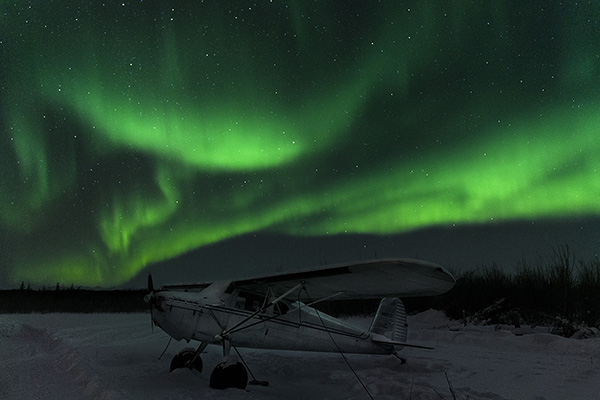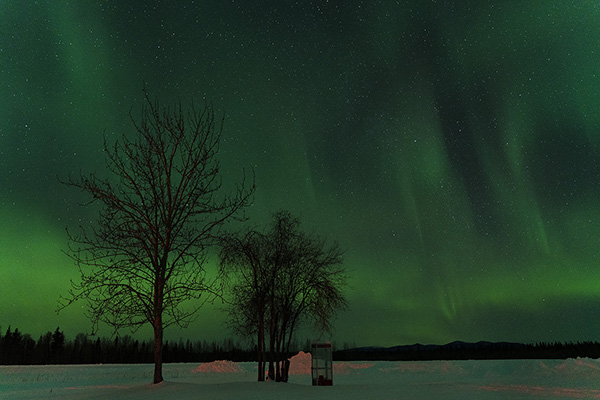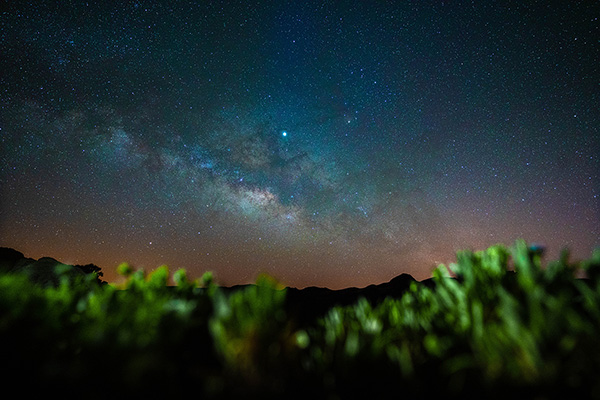Tamron Blogs
More Photo Tips | Video Gallery | Photo Gallery | Enewsletter sign-up
Anticipating November: Lens Tips for Night Sky and Meteor Shower Photography
Astrophotographers throughout the world love to capture meteors shooting across the night sky, but photographing meteor showers requires a lot of preparation and patience. In this astral photography guide, you’ll learn everything you need to know about capturing one of nature’s best late-night displays.
5 Tips to Plan Your Meteor Shower Shoot
Photographing meteor showers can be a thrilling and rewarding experience. For better night photography, follow these five tips:
• Set up and take as many photographs as possible throughout the night with a wide-angle lens, such as a lens range of 14mm to 35mm. As long as the camera doesn’t move, you can create a time-lapse video using all the still photographs.

© Ken Hubbard
28-75mm (28mm), F2.8, 2.5 sec., ISO 3200
Click image to view larger
• Stability is crucial when photographing meteor showers, as you’ll use longer exposures. A sturdy tripod will ensure the stability of your camera, reducing the chances of blurriness or shaking during your astral photography shoot.

© Ken Hubbard
28-75mm (28mm), F2.8, 3.2 sec., ISO 3200
Click image to view larger
• Set your camera to manual focus and adjust it to infinity or just slightly before infinity. This will ensure that the stars and meteors are sharp and in focus. Doing this can be difficult in the dark, so prefocusing the lens when the sun is up is an excellent option. Then, using gaffers or duct tape, secure the focus ring so it doesn’t move while you’re taking photos.
• You want a lens with at least F2.8 aperture and preferably F1.4 aperture. The lower the aperture, the more light enters the camera. Compared to a F2.8 lens, a lens that opens to F1.4 will capture roughly twice as many meteors during night photography.
• Use longer exposure times to capture the meteors. Start with an exposure time ranging from 20 to 30 seconds and adjust accordingly based on the intensity of the meteor shower and the ambient light conditions.

© Martin Krolop
17-28mm (19mm), F2.8, 13.0 sec., ISO 4000
Click image to view larger
Remember, photographing meteor showers is difficult. It may take time to get a meteor in the frame. Enjoy the experience and experiment with Tamron’s collection of lenses to capture truly breathtaking images of celestial events!
More Photo Tips | Watch Videos | Learn More About Tamron Lenses | Photo Gallery